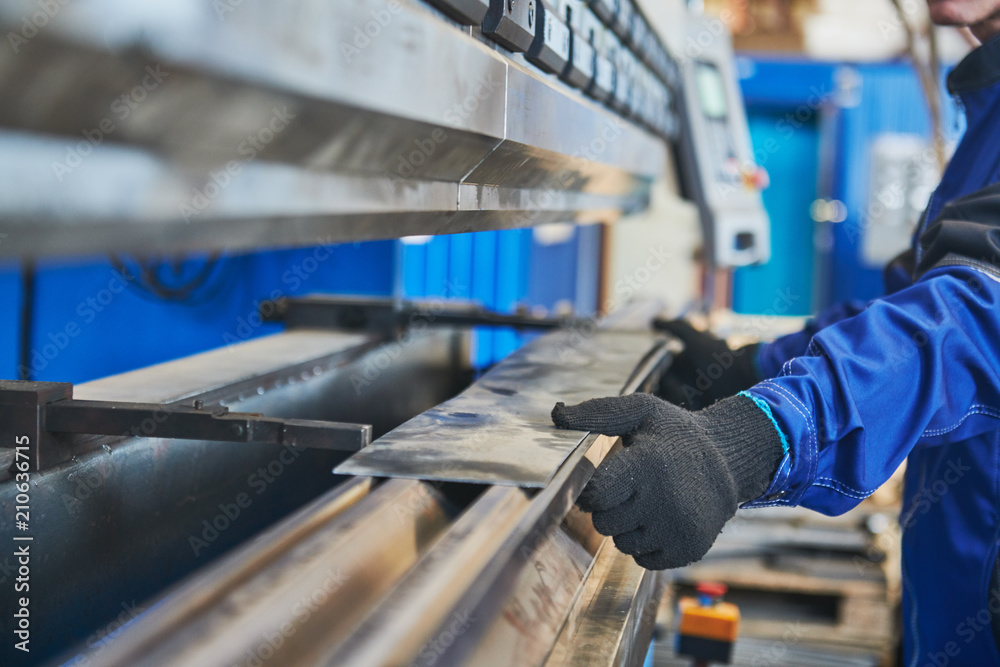Introduction
Shearing machines are vital tools in industries where metal fabrication is a significant part of operations. These machines are designed to cut metal sheets with precision and efficiency, making them indispensable in automotive, aerospace, construction, and manufacturing sectors. Whether you are a seasoned professional or new to the field, understanding the various aspects of shearing machines can help you make informed decisions and optimize your operations.
Types of Shearing Machines
1. Guillotine Shear
The guillotine shear is one of the most commonly used types in the industry. It features a straight blade that moves vertically to cut metal sheets. This type of shear is known for its precision and ability to handle large and thick sheets of metal. Guillotine shears can be manual, hydraulic, or mechanical.
2. Alligator Shear
Named for its jaw-like cutting mechanism, the alligator shear is primarily used for cutting long metal stock such as rebar and metal rods. It is typically operated hydraulically and is known for its robustness and ability to handle tough materials.
3. Bench Shear
Bench shears are smaller, manually operated machines designed for light to medium-duty cutting tasks. They are ideal for workshops and small-scale operations where precision is essential but high volume is not required.
4. Throatless Shear
Throatless shears are unique in that they allow the operator to cut complex shapes without being constrained by the throat depth of the machine. This flexibility makes them popular in custom fabrication shops where unique and intricate cuts are often necessary.
In addition to shearing machines, power press machines are also essential in metal fabrication for tasks such as punching, bending, and stamping, further enhancing the versatility and efficiency of your workshop.
Key Features to Consider
When selecting a shearing machine, there are several key features to consider to ensure you choose the right tool for your needs:
Cutting Capacity
The cutting capacity refers to the maximum thickness and size of the metal sheet that the machine can handle. This is a crucial factor as it directly impacts the types of projects you can undertake.
Blade Quality
The quality and type of the blade determine the precision and durability of the cuts. High-quality, hardened steel blades are preferable for maintaining sharpness and reducing the frequency of replacements.
Power Source
Hydraulic Shearing machines can be powered manually, mechanically, or hydraulically. Hydraulic shears offer greater power and precision, making them suitable for heavy-duty tasks, while manual shears are better suited for lighter tasks and lower budgets.
Automation and Control
Modern shearing machines come with various levels of automation and control options. CNC (Computer Numerical Control) shears allow for precise and automated cutting processes, increasing efficiency and reducing human error.
Maintenance Tips
Proper maintenance of your shearing machine is essential to ensure its longevity and optimal performance. Here are some tips to keep your machine in top shape:
- Regular Lubrication: Keep all moving parts well-lubricated to reduce friction and wear.
- Blade Maintenance: Regularly check and sharpen or replace blades as needed to maintain cutting precision.
- Hydraulic Fluid Checks: For hydraulic shears, regularly check and maintain appropriate hydraulic fluid levels.
- Routine Inspections: Conduct routine inspections to identify and address any wear and tear or potential issues before they become major problems.
- Cleanliness: Keep the machine and surrounding area clean to prevent debris from interfering with the machine’s operation.
Safety Precautions
Operating a shearing machine involves certain risks, and adhering to safety precautions is vital:
- Wear Protective Gear: Always wear appropriate safety gear, including gloves, goggles, and ear protection.
- Training: Ensure operators are properly trained in the use of the machine and understand all safety protocols.
- Machine Guards: Make sure all machine guards are in place and functioning to protect against accidental contact with moving parts.
- Emergency Stops: Familiarize yourself with the location and operation of emergency stop controls.
- Regular Breaks: Take regular breaks to avoid fatigue, which can lead to mistakes and accidents.
Conclusion
Shearing machines are indispensable tools in metal fabrication, offering precision and efficiency in cutting metal sheets. By understanding the different types of shearing machines, their key features, maintenance requirements, and safety precautions, you can ensure optimal performance and longevity of your equipment. Whether you are setting up a new workshop or upgrading your existing machinery, investing in the right shearing machine can significantly enhance your operational capabilities and productivity.

